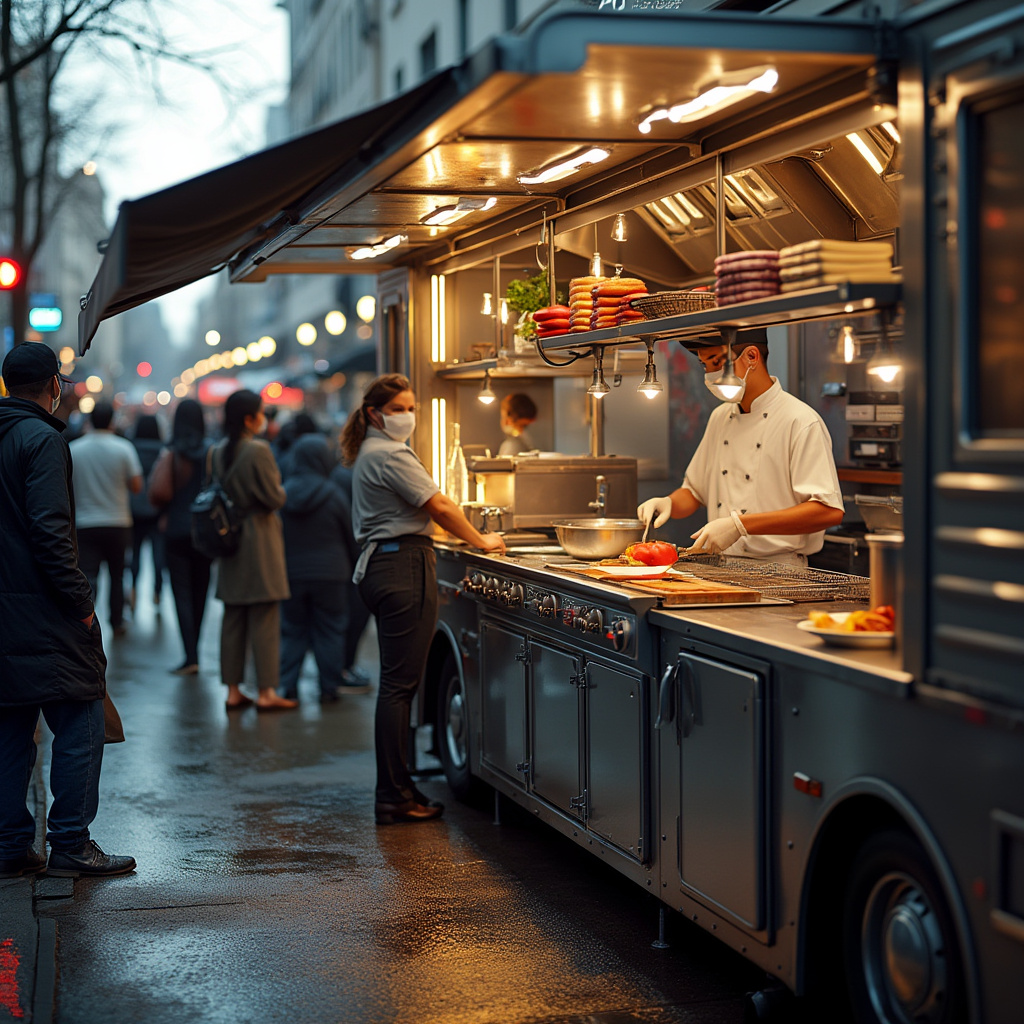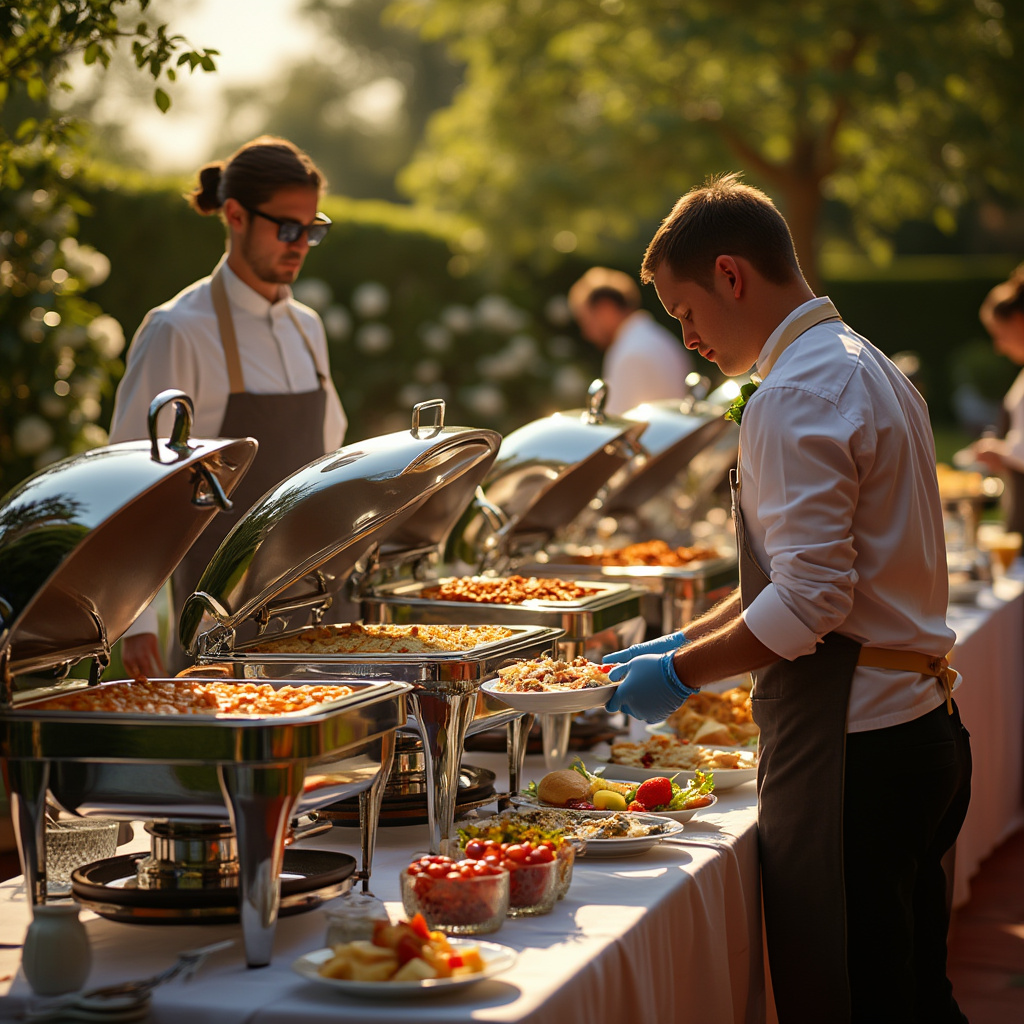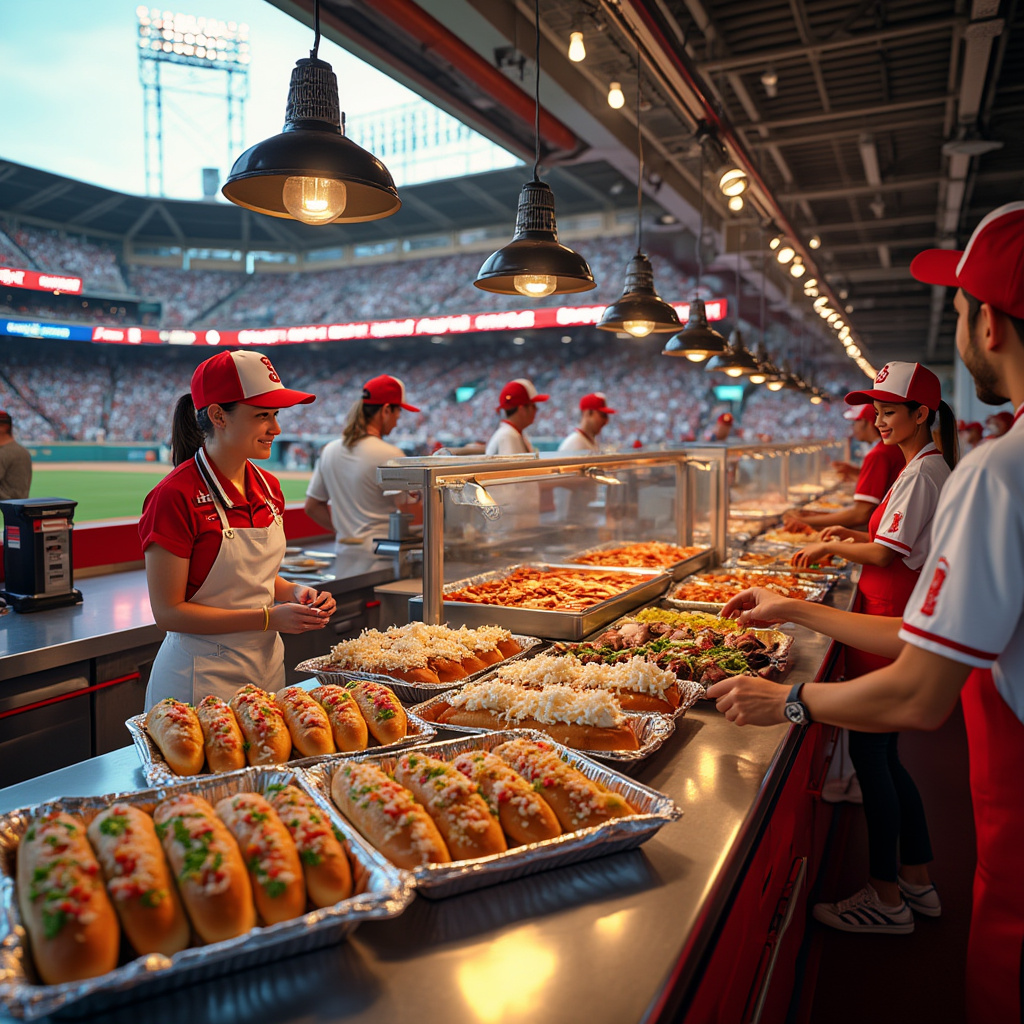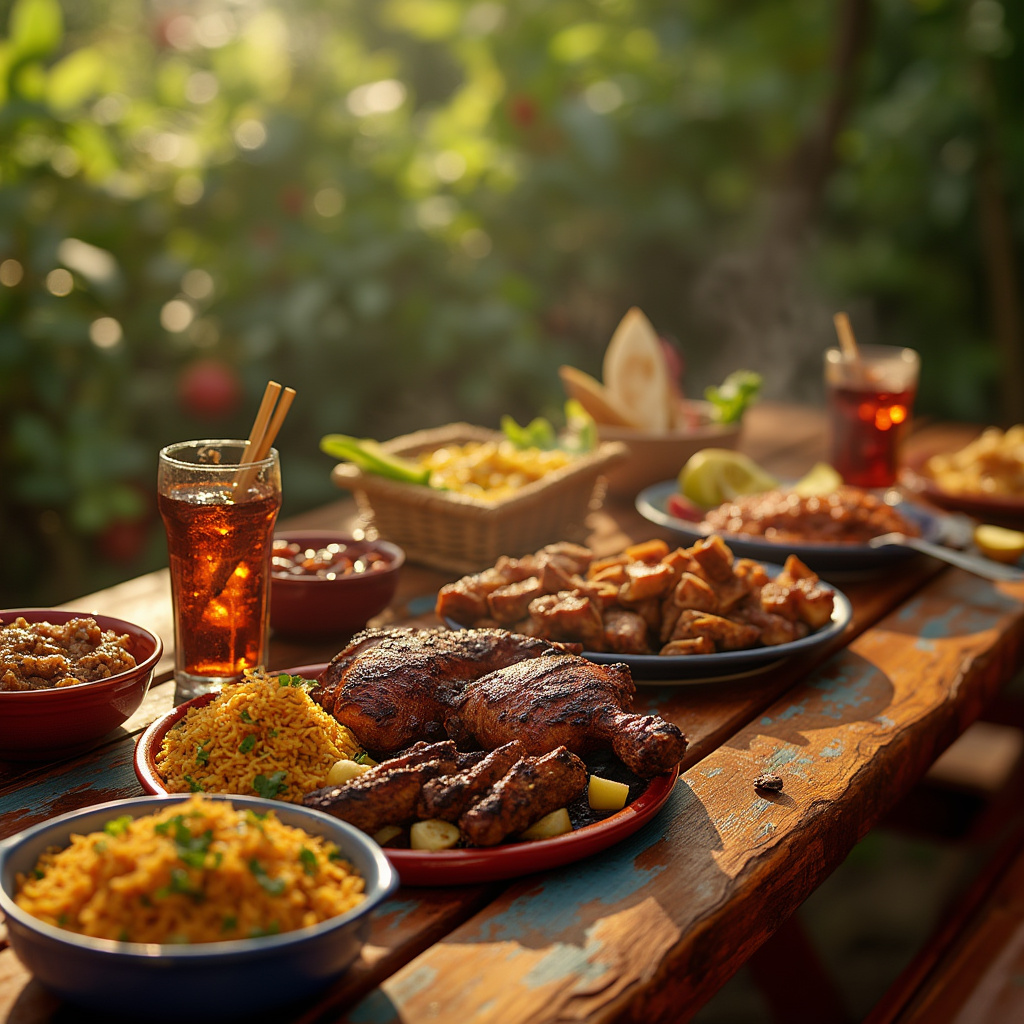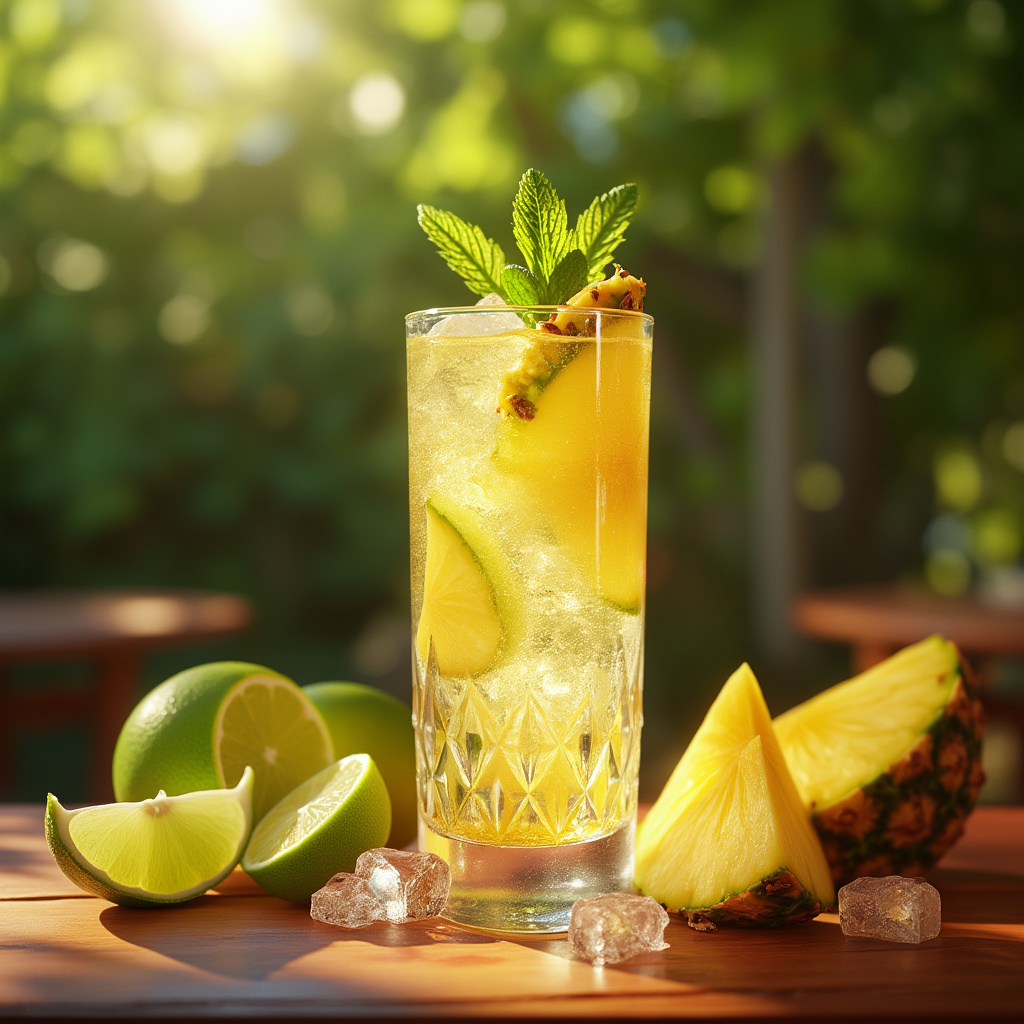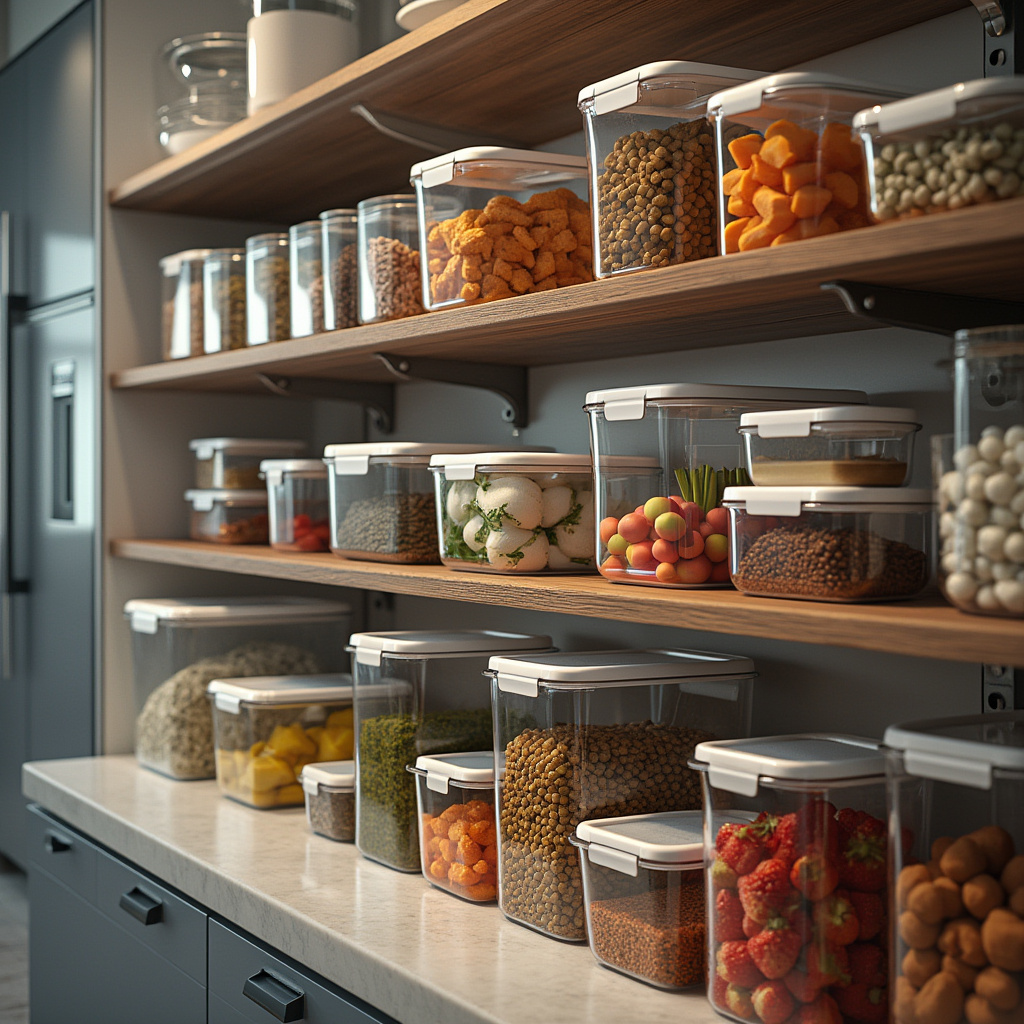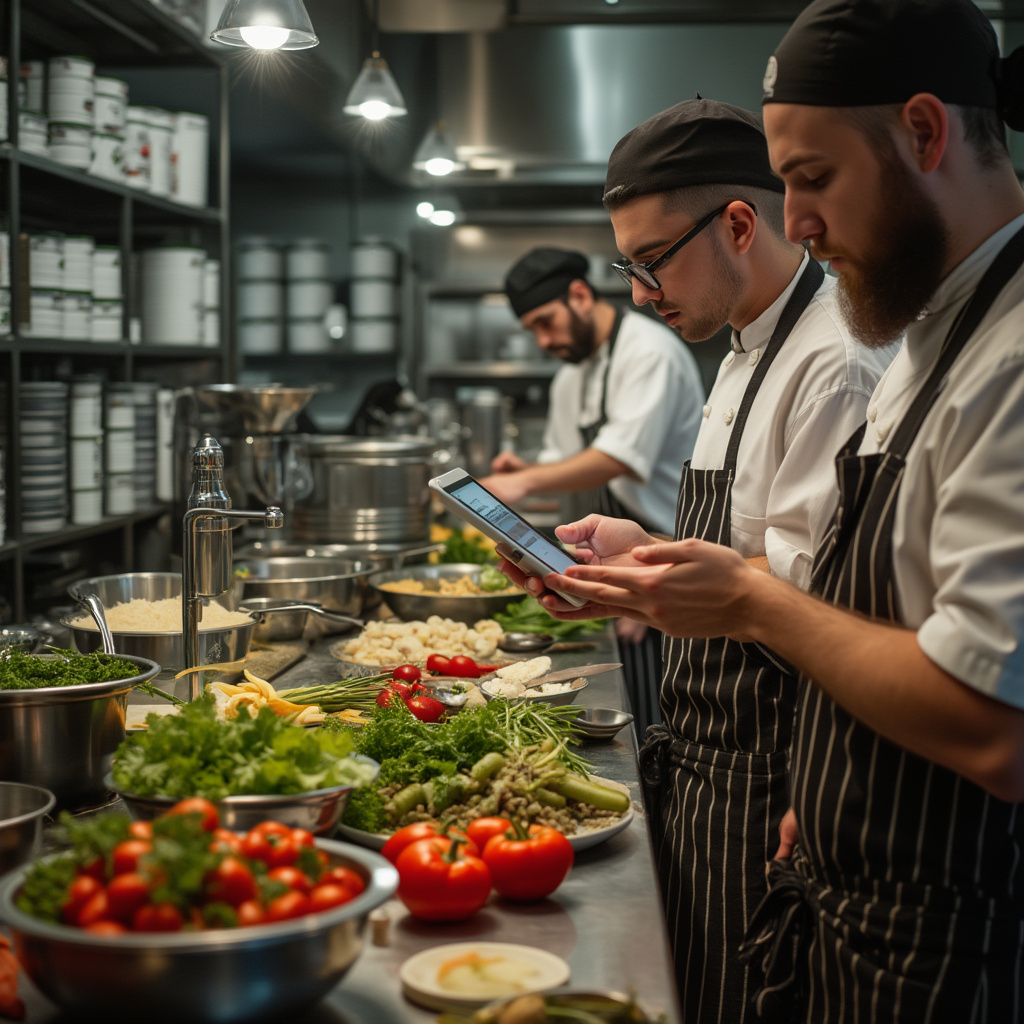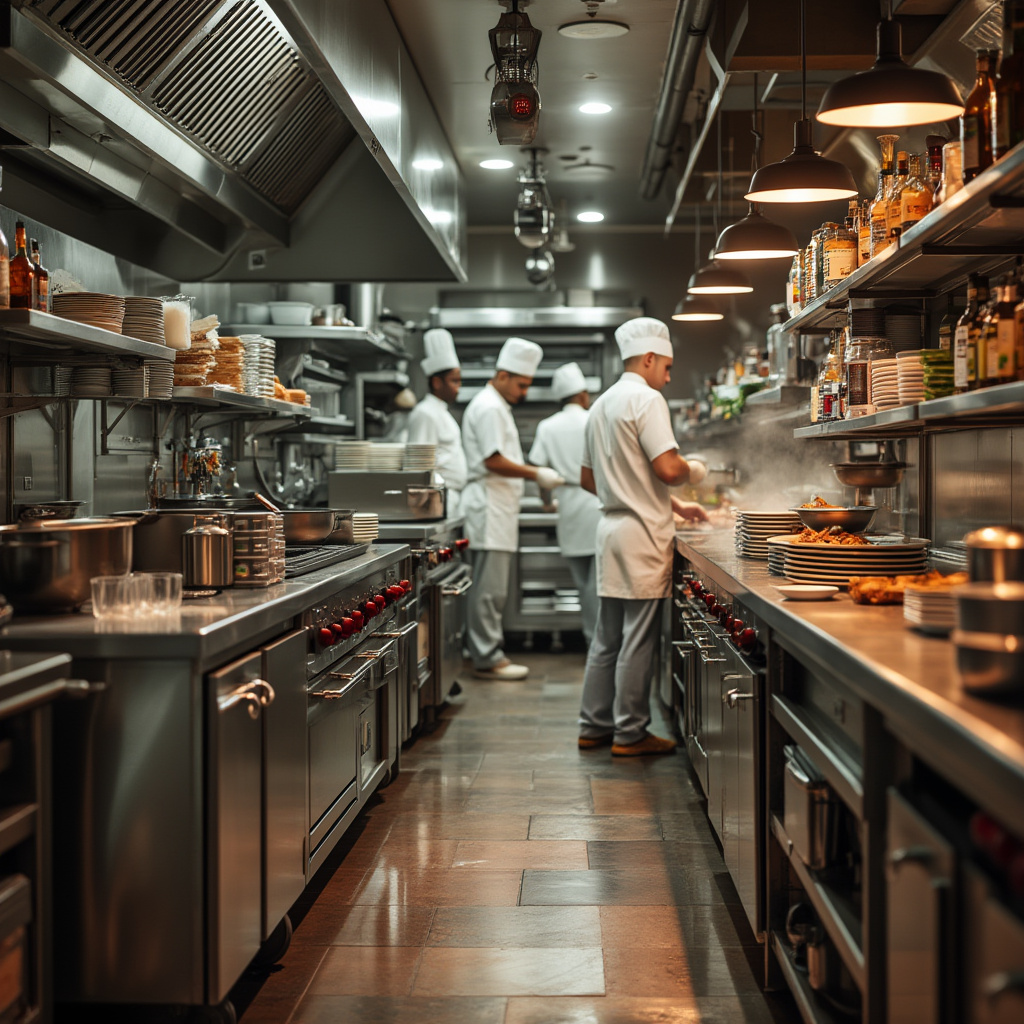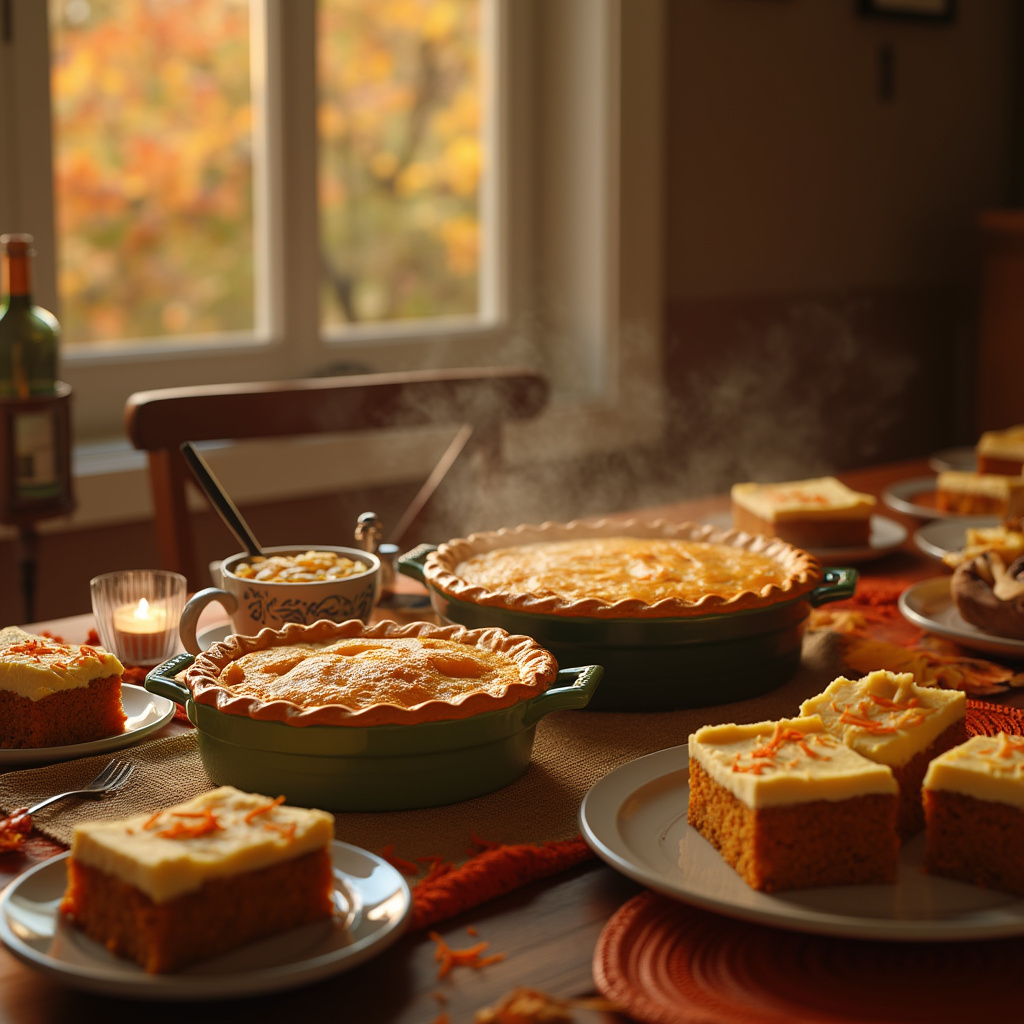The Equipment You Need to Run a Food Truck
Running a successful food truck requires more than just a great menu—it demands the right equipment to ensure efficiency, safety, and customer satisfaction. Whether you’re a seasoned chef or a new entrepreneur, selecting the proper tools for your mobile kitchen is crucial. This guide breaks down the essential equipment you’ll need to get started and thrive in the competitive food truck industry.
### Cooking Equipment: The Heart of Your Operation
The cooking equipment is the backbone of your food truck. It determines the speed, quality, and variety of dishes you can serve. Your menu will dictate your specific needs, but some essentials include:
– A flat top grill or griddle for cooking burgers, sandwiches, and pancakes.
– A range or stove for sautéing, boiling, and frying.
– A fryer for crispy fries, chicken, and other fried delicacies.
– A convection or pizza oven for baking, roasting, or preparing specialty items.
When choosing cooking equipment, prioritize energy efficiency and space-saving designs. Compact, high-performance appliances are ideal for the limited space of a food truck.
### Refrigeration: Keeping It Fresh and Safe
Proper refrigeration is critical for maintaining food quality and safety. Essential refrigeration units include:
– A reach-in refrigerator for storing perishable ingredients.
– An undercounter refrigerator for quick access to drinks or condiments.
– A freezer for items like meats, frozen desserts, or pre-prepared meals.
– An ice maker to keep beverages cold and ensure hygiene.
Choose refrigeration units that can handle frequent use and maintain consistent temperatures, even in the demanding environment of a food truck.
### Food Prep and Storage: Streamlining Your Workflow
Efficient food preparation is key to serving customers quickly. Essential tools include:
– Prep tables for chopping, marinating, and assembling dishes.
– Cutting boards, knives, and utensils for food preparation.
– Storage containers and shelving units to organize ingredients and supplies.
Opt for multi-functional equipment and smart storage solutions to maximize your limited space.
### Serving Equipment: Enhancing the Customer Experience
To serve customers efficiently, you’ll need:
– Heat lamps or food warmers to keep dishes hot until served.
– Condiment dispensers for sauces, ketchup, and mustard.
– Disposable plates, utensils, and napkins for convenient service.
Consider eco-friendly options for disposables to cater to environmentally conscious customers.
### Cleaning and Sanitation: Maintaining a Safe Environment
A clean and sanitary food truck is non-negotiable. Essential items include:
– A three-compartment sink for washing, rinsing, and sanitizing utensils.
– A hand-washing sink for staff hygiene.
– Sanitizing equipment and supplies to meet health regulations.
– Trash cans and recycling bins for waste management.
Ensure your setup complies with local health department requirements to avoid penalties and ensure customer trust.
### Safety Equipment: Protecting Your Team and Business
Safety should never be overlooked. Essential safety equipment includes:
– A fire extinguisher to handle kitchen emergencies.
– A first aid kit for minor injuries.
– Non-slip floor mats to prevent accidents in a busy kitchen.
### Point of Sale System: Streamlining Operations
A reliable POS system is vital for managing transactions, tracking inventory, and monitoring sales. Look for a system that can handle cash, credit card transactions, and mobile payments.
### Additional Considerations
When selecting equipment, consider factors such as:
– Space limitations to avoid overcrowding.
– Power requirements to ensure your generator or electrical setup can handle the load.
– Durability to withstand the rigors of daily use.
– Ease of cleaning and maintenance to save time and resources.
– Local health regulations to stay compliant.
By carefully selecting the right equipment, you can create an efficient, safe, and profitable food truck operation that delights customers and meets all necessary regulations.
Additional Essential Equipment for Your Food Truck
In addition to the foundational equipment, there are other critical components that ensure your food truck runs smoothly and efficiently. These often-overlooked items are just as important as the cooking and refrigeration systems.
### Completing Your Cooking Arsenal
While the basics like grills and fryers are non-negotiable, there are a few more pieces of cooking equipment that can elevate your menu and streamline your operations:
– A **microwave** for quickly reheating sauces, melting cheese, or warming bread.
– A **food processor** to chop, slice, or puree ingredients, saving time during food prep.
– A **blender** for crafting smoothies, sauces, or dressings, offering versatility for diverse menu items.
These appliances may seem small but can make a big difference in the variety and efficiency of your offerings.
### Power and Utilities: Keeping Everything Running
No food truck can function without the right power and utility systems. Essential components include:
– A **generator** or reliable power source to keep your equipment running, especially at events or locations without access to electricity.
– A **ventilation system** to remove smoke, grease, and odors from the truck, ensuring a safe and comfortable working environment.
– Proper **lighting** to illuminate your kitchen, menu board, and serving area, making it easier for staff to work and customers to see.
– **Water tanks** for fresh water and waste water storage, a necessity for cooking, cleaning, and handwashing.
These systems are the backbone of your food truck’s functionality and must be carefully selected to meet your specific needs.
### Final Touches: Completing Your Setup
Before hitting the road, don’t forget these final pieces of the puzzle:
– A **menu board** to showcase your offerings in an attractive and easy-to-read format.
– **Shelving units** to organize spices, condiments, and other supplies, keeping them within easy reach.
– **Multi-functional equipment** that serves more than one purpose, helping to save space and reduce clutter.
By addressing these often-overlooked details, you can ensure your food truck is fully equipped to handle the demands of the business and provide an exceptional experience for your customers.
Conclusion
Starting and running a successful food truck business requires careful planning and the right equipment. From cooking and refrigeration to food prep, serving, and safety gear, every piece of equipment plays a vital role in ensuring efficiency, safety, and customer satisfaction. By investing in high-quality, space-saving, and energy-efficient appliances, you can create a mobile kitchen that is both functional and profitable.
Remember, your equipment choices should align with your menu, budget, and local regulations. Don’t overlook often-overlooked items like power systems, ventilation, and multi-functional tools, as they can make a significant difference in your day-to-day operations. With the right setup, you’ll be well-equipped to handle the demands of the food truck industry and deliver an exceptional experience for your customers.
Frequently Asked Questions (FAQ)
What is the most essential equipment for a food truck?
The most essential equipment includes cooking appliances (e.g., grills, fryers), refrigeration units (e.g., refrigerators, freezers), food prep tools (e.g., knives, cutting boards), and safety gear (e.g., fire extinguishers, first aid kits).
How much does food truck equipment cost?
The cost of food truck equipment varies widely depending on the type, quality, and brand. Budget anywhere from $50,000 to $100,000 or more for a fully equipped food truck.
What are the must-have appliances for a food truck?
Must-have appliances include a cooking range, fryer, refrigerator, freezer, and a reliable POS system. Additional items like a food processor, blender, and microwave can also be valuable depending on your menu.
How do I maintain my food truck equipment?
Regular cleaning, scheduled maintenance, and prompt repairs are key to extending the lifespan of your equipment. Always follow the manufacturer’s guidelines and keep essential supplies on hand.
Can I customize my food truck equipment?
Yes, many manufacturers offer customization options to fit your specific needs, menu, and space constraints. Consider multi-functional equipment to save space and improve efficiency.
What safety equipment is required for a food truck?
Essential safety equipment includes a fire extinguisher, first aid kit, non-slip floor mats, and proper ventilation. Ensure all safety gear meets local health and safety regulations.
